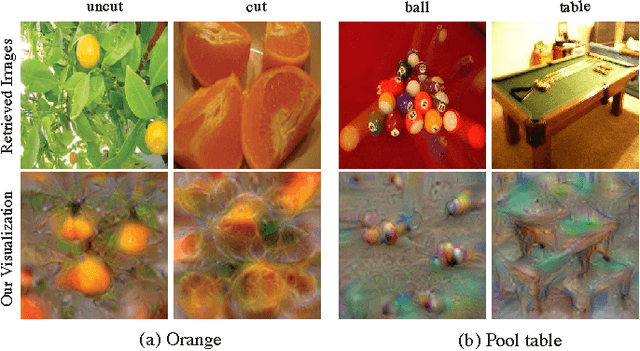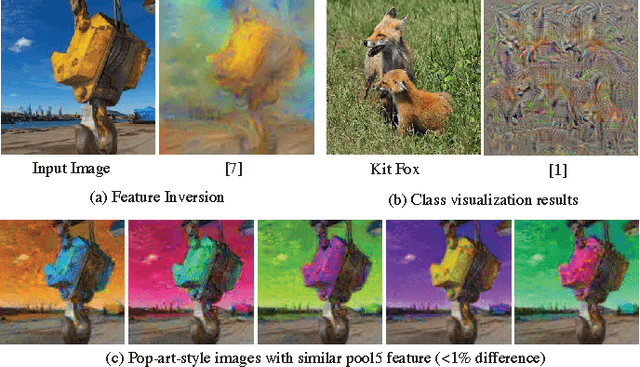William Freeman
Universal Vessel Segmentation for Multi-Modality Retinal Images
Feb 10, 2025Abstract:We identify two major limitations in the existing studies on retinal vessel segmentation: (1) Most existing works are restricted to one modality, i.e, the Color Fundus (CF). However, multi-modality retinal images are used every day in the study of retina and retinal diseases, and the study of vessel segmentation on the other modalities is scarce; (2) Even though a small amount of works extended their experiments to limited new modalities such as the Multi-Color Scanning Laser Ophthalmoscopy (MC), these works still require finetuning a separate model for the new modality. And the finetuning will require extra training data, which is difficult to acquire. In this work, we present a foundational universal vessel segmentation model (UVSM) for multi-modality retinal images. Not only do we perform the study on a much wider range of modalities, but also we propose a universal model to segment the vessels in all these commonly-used modalities. Despite being much more versatile comparing with existing methods, our universal model still demonstrates comparable performance with the state-of-the- art finetuned methods. To the best of our knowledge, this is the first work that achieves cross-modality retinal vessel segmentation and also the first work to study retinal vessel segmentation in some novel modalities.
Understanding Intra-Class Knowledge Inside CNN
Jul 21, 2015



Abstract:Convolutional Neural Network (CNN) has been successful in image recognition tasks, and recent works shed lights on how CNN separates different classes with the learned inter-class knowledge through visualization. In this work, we instead visualize the intra-class knowledge inside CNN to better understand how an object class is represented in the fully-connected layers. To invert the intra-class knowledge into more interpretable images, we propose a non-parametric patch prior upon previous CNN visualization models. With it, we show how different "styles" of templates for an object class are organized by CNN in terms of location and content, and represented in a hierarchical and ensemble way. Moreover, such intra-class knowledge can be used in many interesting applications, e.g. style-based image retrieval and style-based object completion.
 Add to Chrome
Add to Chrome Add to Firefox
Add to Firefox Add to Edge
Add to Edge